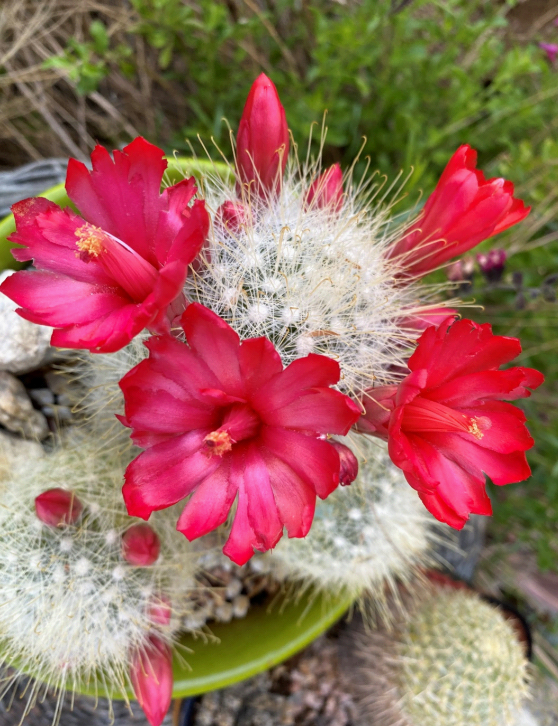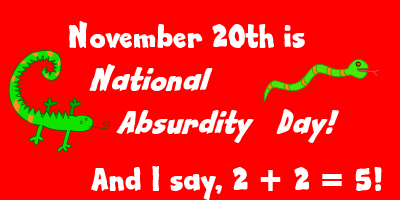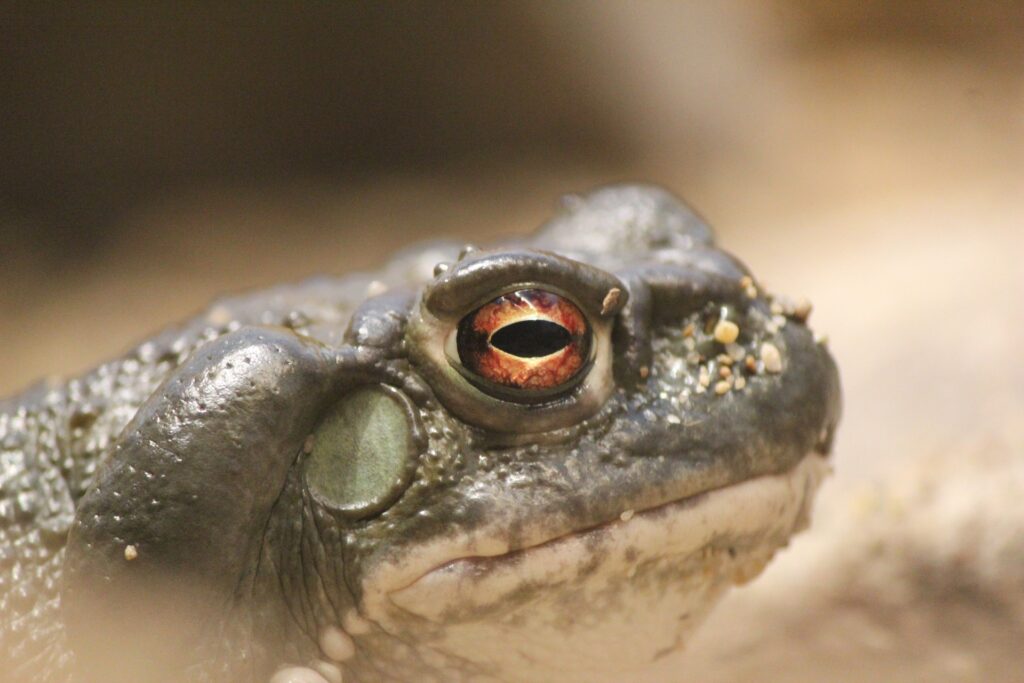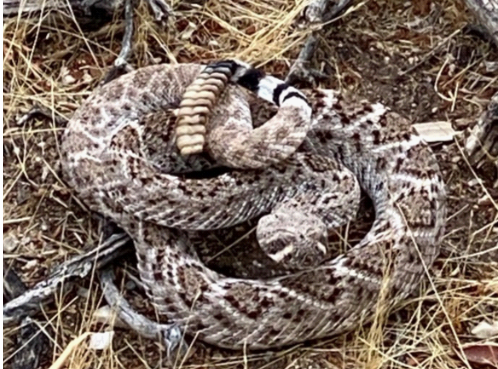Little Cactus, Big Flowers

Usually, author Jo Busha writes the blog posts on plants, but one of my potted cacti inspired me to share this magnificent plant with you. Last year, a friend gave me this trio of the cactus, Mammilaria senilis. This mammillaria is native to northern Mexico, growing on moss-covered boulders in high altitude pine forests. I […]
Writings Tips for Creating Realistic Settings

We live in a very visual world. Our entertainment is mostly visual: TV, movies, videos and, of course, our cell phones. Above Photo courtesy of Hans Benn of Pixabay. When you write a story, however, you must create the setting for the reader through words alone. This can be challenging. For instance, the setting for […]
November 20th is National Absurdity Day

On November 20th, absurdity is celebrated by being whacky, for example. It strikes me as absurd that on November 19th, we celebrate carbonated beverages with caffeine day. One day later we can expand and include other absurdities. Some might think it is absurd to write a book. Some days, writers think so, too! Or go […]
Umm . . . Ever Wanted to Lick a Toad’s Back?

Toad image courtesy of ockienot88 from Pixabay Are you familiar with the word entheogen? I wasn’t either until I heard it mentioned in a talk about the Sonoran Desert toad, also known as the Colorado River toad, Incilius alvarius. You may have heard of this toad without knowing much else: It’s the toad made famous […]
Ophidiofomophobia. Say, what?

I’m always learning new words. I thought someone who liked reptiles was a “herpephile.” I found out lately it is actually “herpetophile.” There really is a word for people like me who like reptiles and enjoy studying them. Then I read about “ophidiofomophobia.” I had to look it up, but, unfortunately, it isn’t a real […]